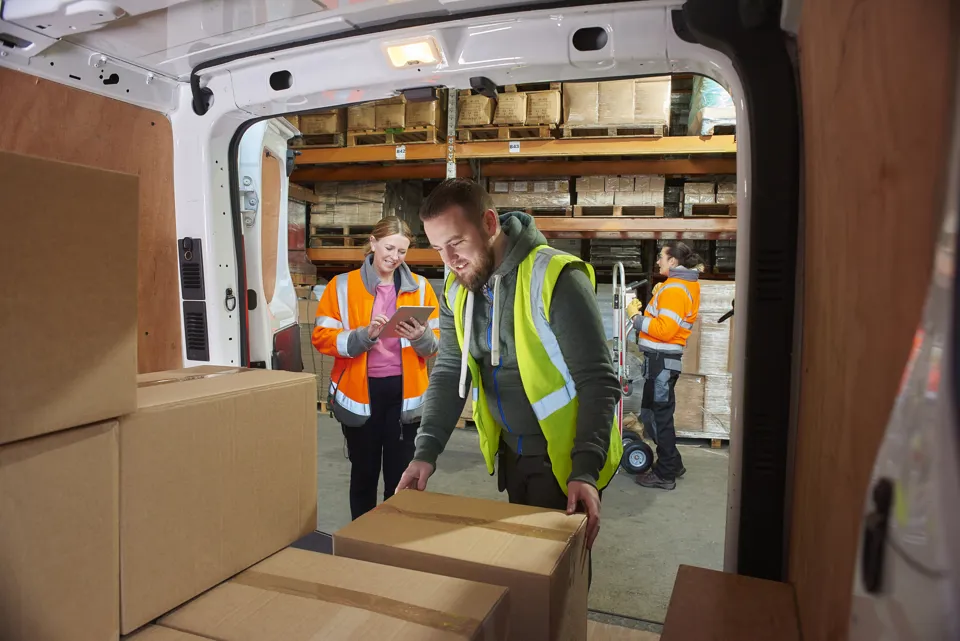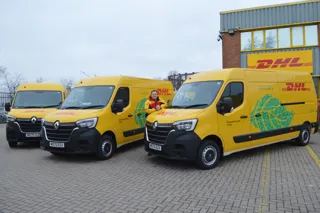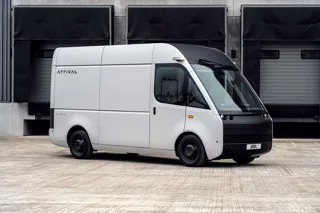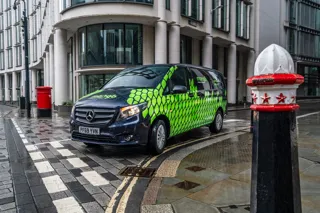Fleet operators should expect electric vans to achieve 60-70% of their claimed range in real-world use, according to a new study carried out by Arval.
The research, which was conducted at Millbrook Proving Ground under controlled conditions, tested electric vans in each size segment with a variety of different payloads.
David Watts, Arval UK senior consultant, said: “Our real-world testing across small, medium and large electric vans, each assessed with three payload weights in typically cold weather, shows that for fleet operators to be confident that the van won’t run out of electricity on a route, a figure of around 60-70% of the official range should be used in most cases.
“Obviously there are many variables so fleets will want to use this new data to see what their typical operations will mean for EV range. However there are some reassuring points that can be taken on board – namely, figures for laden eLCVs are comparable with the performance of diesel vans, faster speeds don’t necessarily reduce range and using ‘worst case’ winter performance figures should see a positive impact in warmer months."
The results of the Arval report will be discussed in a Fleet News webinar on May 13, which can be viewed here: https://www.bigmarker.com/bauer-media/Arval-webinar-in-association-with-Fleet-News
The real-world range figures in the eLCVs – Electric fleet transition powered by real-world data report from Arval were established to help fleets to plan with confidence when running battery-electric commercial vehicles.
Arval says independent real-world data on eLCV range has not previously been openly available, leading to confusion within fleets about how electric vans would fit with their needs.
“Banning the sale of new petrol and diesel vehicles, scheduled for 2030 for cars, has thrown into sharp relief the different needs of fleet vehicles and how electric light commercial vehicles will fit in,” Watts added.
Arval believes that understanding the realistic operational capabilities of an eLCV is “crucial” to the effective electric fleet transition process.
Watts said: “Two key questions routinely faced from fleet operators looking to adopt eLCVs are ‘what is the real-world range?’ and ‘what impact, if any, does the payload have on this range?’
“Until now there has been an information void about the real-world range of fully electric LCVs, compared to the official WLTP figures, and also the impact of external variables such as temperature, payload and driving route.”
Arval’s eLCV Performance Report can be viewed at arval.co.uk/fleettoolbox/elcv-fleet-transition.























Login to comment
Comments
No comments have been made yet.